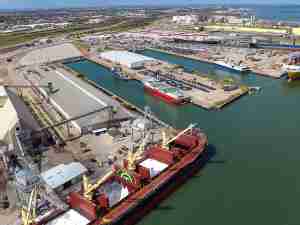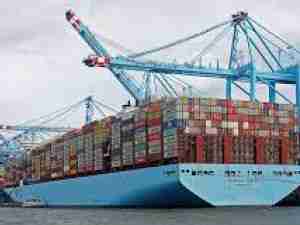Key insights:
- Port congestion, delays and a shortage of empty containers continue to plague ocean freight, though the extremely elevated rates leveled off this week on most major trade lanes out of Asia.
- US backhaul rates for exporters to Asia continued to climb with US West Coast to Asia now at $887/FEU, up 92% since the end of November, and East Coast at $952/FEU, up 63% in the last two months.
China-US rates:
- China-US West Coast prices (FBX01 Daily) went unchanged at $4,248/FEU. This rate is 182% higher than the same time last year.
- China-US East Coast prices (FBX03 Daily) dipped 2% to $5,924/FEU, and are 106% higher than rates for this week last year.
Analysis
Though disruptions to ocean freight persist, freight rates on most of the major ex-Asia lanes levelled off this week after increases last week, with Asia-US West Coast going unchanged and East Coast dipping by 2% after last week’s 21% spike. Asia to North Europe and the Mediterranean climbed a modest 3% each.
That rates remain extremely elevated across the board is reflected in the global index being 170% higher than this time last year, and the actual cost to secure space can be thousands more in premiums and surcharges. And backhaul rates for US exporters to Asia continued to climb, with US West Coast to Asia now at $887/FEU, up 92% since the end of November, and East Coast at $952/FEU, up 63% in the last two months.
These costs are being buoyed by the sustained demand for ocean freight that is causing port congestion and delays, which in turn are exacerbating the shortage of empty containers in high demand back at Asian origin ports.
Record volumes arriving at the ports of LA/Long Beach is keeping more than 30 container vessels at a time anchored in San Pedro Bay awaiting a berth. Many will wait for more than a week, further delaying the return of empty equipment. Conditions like these led to more than one in three containers being rolled from their scheduled sailing in December, and to carriers skipping port calls, stopping bookings and cancelling services to catch up with their schedules.
With essentially all available capacity already active, industry observers agree that the situation is unlikely to improve until demand decreases, which may only happen once the pandemic is firmly under control.











